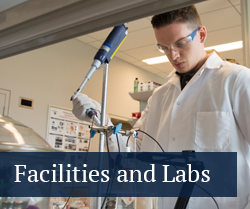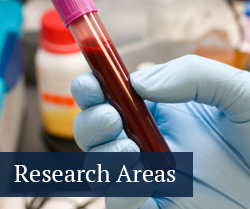Microcirculation Laboratory
Mission
The central focus of the Microcirculation Laboratory is to apply engineering techniques and methods toward gaining an understanding of mechanical factors that affect the distribution of pressure and flow in the microcirculation for health and disease.
The microcirculation functions as the “business end” of the vascular system, and with its 60,000 miles of capillaries in the human body, it is responsible for the transport of nutrients and metabolites to the body’s many tissues. Perfusion of the microvascular network is strongly dependent upon the mechanical properties of blood cells and the vessel wall. The goal of the lab is to quantitatively examine the structural features of blood cells and the microvessel wall at the cellular and molecular level to describe microvascular function in the normal flow state as well as a variety of pathological disorders, and thereby establish the basis for the design of new therapeutic strategies to combat the disease process. Some of the pathological disorders that are the subject of attention are those related to abnormalities in blood cell properties (such as sickle cell disease), inflammation, shock and the low flow state. To achieve these goals, studies are performed using the techniques of intravital microscopy to study blood flow in the microcirculation of the living anesthetized animal (mainly rats). A broad spectrum of electromechanical techniques are employed to measure intravascular pressures and flows and imaging processing techniques are applied to video images to acquire data which can then be integrated through the use of computer models to decipher the mysteries of microvascular function.
What We Do
To study the mechanics of microvascular perfusion we investigate the rheology of blood and blood cell interaction with the microvessel wall. Rheology, (from Greek rheo, flow) is the study of the flow and deformation of materials. The general aim of rheological studies is to characterize the intrinsic mechanical properties of a fluid or solid in terms of the resistance it offers to deformation under a given load, or shear at a prescribed rate . The viscous properties of blood in large bore tubes and viscometric instruments has provided a foundation for understanding the rheology of blood in microvessels. With the assumption that blood is a homogenous fluid with an intrinsic viscosity, these devices have revealed that blood viscosity falls as shear rates rise (shear thinning) from on the order of 0.1 to 1000 sec-1, in contrast to the behavior of Newtonian fluid whose viscosity is invariant with shear rate. At the microvascular level, the particulate nature of blood flow results in large departures from Newtonian fluid behavior.
Contact information
- Primary Investigator:
Dr. Herbert Lipowsky
hhlbio@engr.psu.edu
814-865-1407 - Research Group Website





